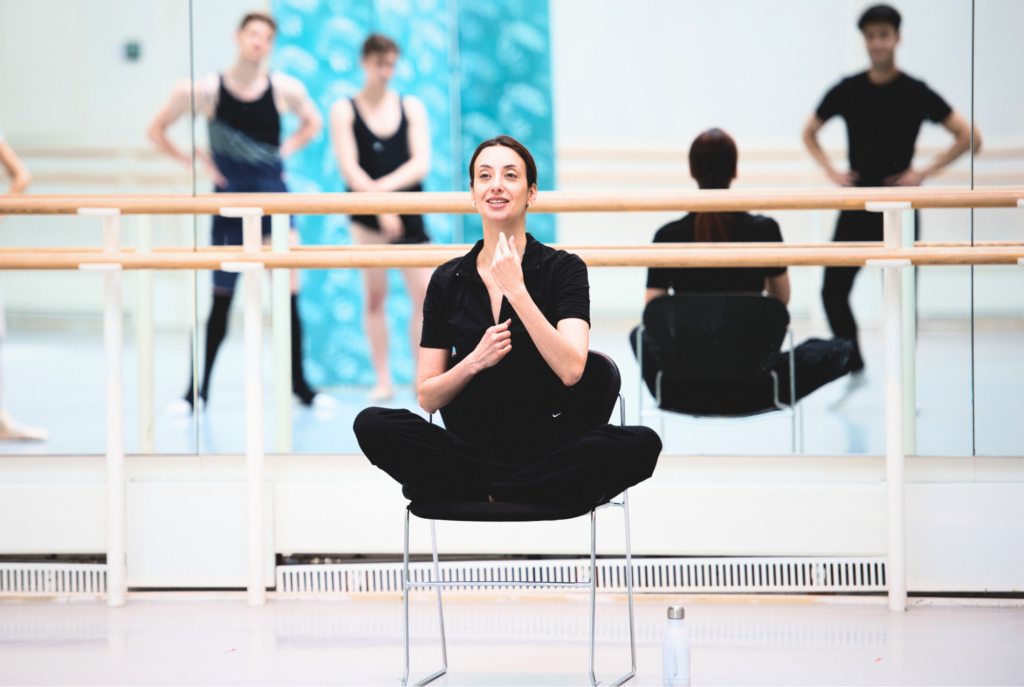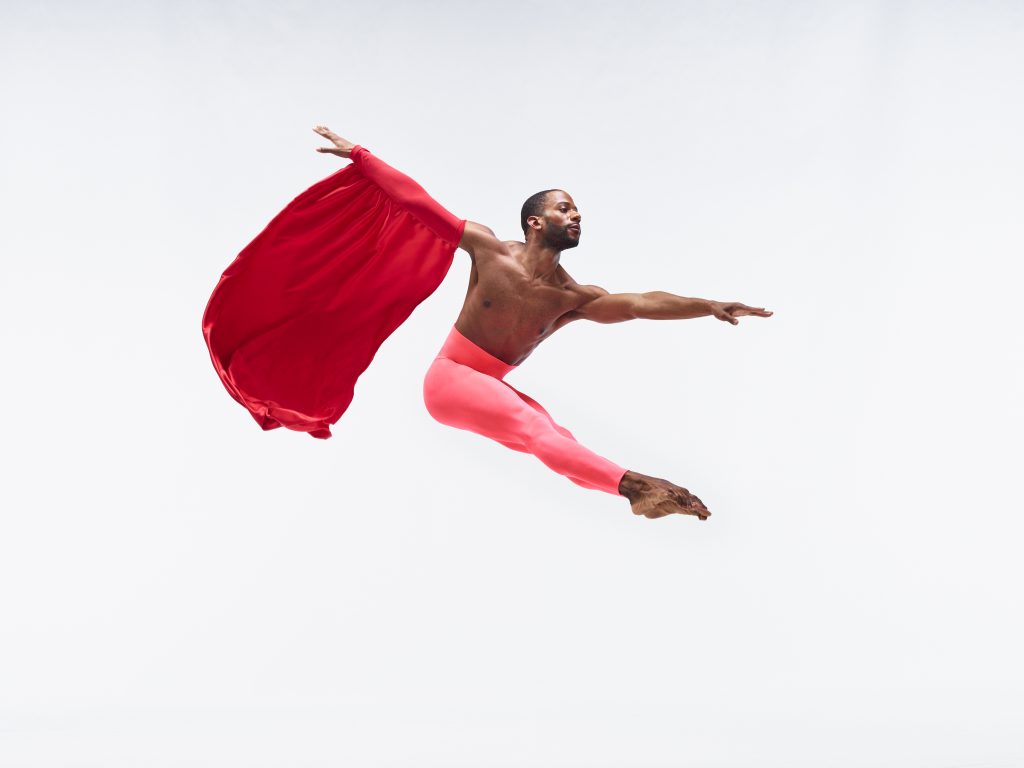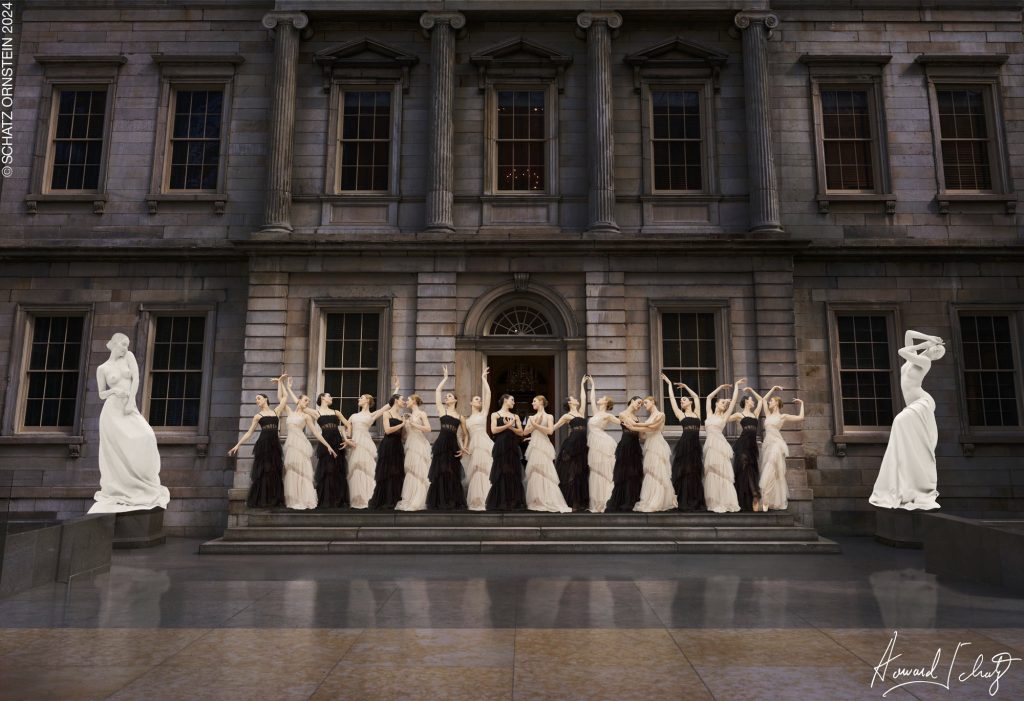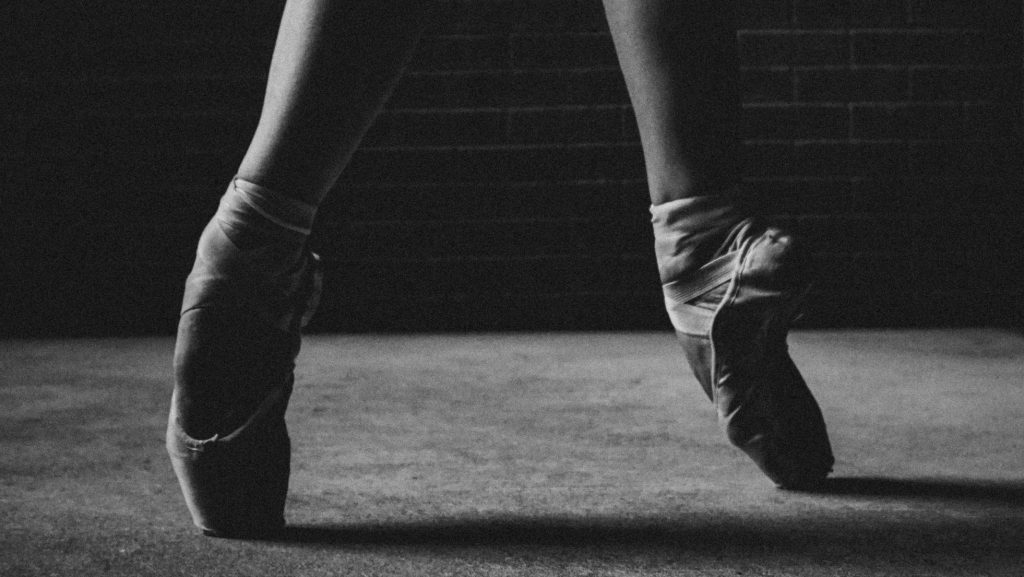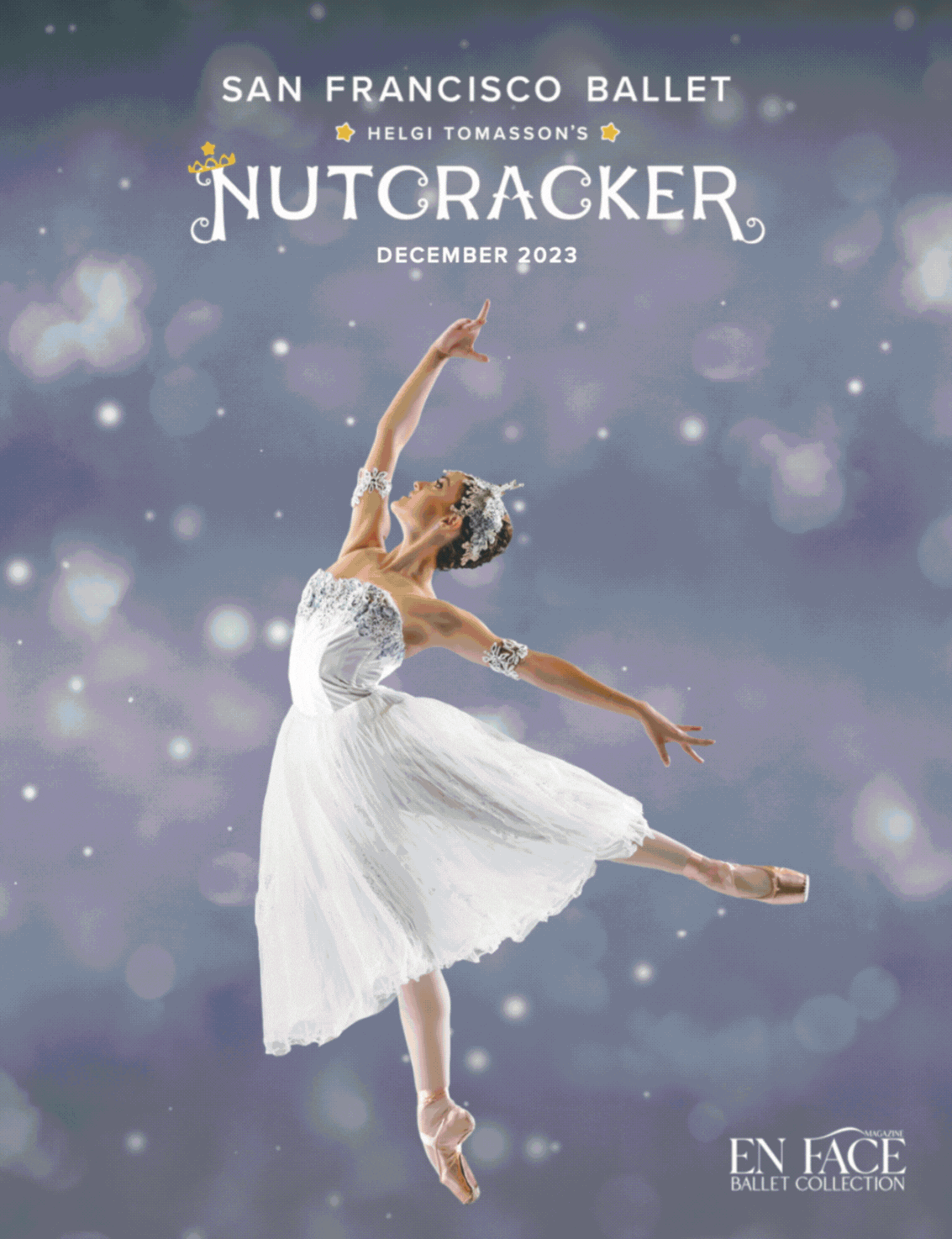Ballet Arizona looks forward to their upcoming 23/24 season with Daniela Cardim as its new Artistic Director. As the first woman to hold this esteemed position, Cardim’s appointment marks a significant milestone for the organization. Known for her exceptional talent as a dancer, choreographer, and arts leader, she brings a wealth of international experience to Ballet Arizona. Cardim succeeds Ib Andersen, who led the company for 24 years, and she is eager to build upon his legacy while introducing her own vision.
In an exclusive interview with En Face Magazine, Daniela Cardim shares her thoughts on this historic appointment, her plans for Ballet Arizona, and the inspirations behind her creative process. From her extensive international experience to her acclaimed choreographic work, Cardim offers insights into her journey and what lies ahead for Ballet Arizona under her leadership.

Alanna Love: Congratulations on your new role Daniela! As the first woman to hold the position of Artistic Director at Ballet Arizona, what does this milestone mean to you personally and professionally?
Daniela Cardim: Thank you very much. It is truly an honor to be appointed the first female Artistic Director at Ballet Arizona – it is a milestone that has been many years in the making. I am both humbled and inspired. The entire staff and company dancers have truly embraced me with open arms, and I look forward to all that we will accomplish together. I am very grateful for the opportunity.
AL: Your career has taken you all over the world. How do you think your international experiences will influence your vision for Ballet Arizona?
DC: I have worked with many companies and have noticed that some of the opportunities and challenges mainly faced are very similar across the world, while others are unique to the organizations due to their business models, location, etc. Understanding what is unique to Ballet Arizona and working closely with Executive Director, Jami Kozemczak, is my main priority. In terms of programming, I hope to bring a variety of choreographers, both national and international, as I believe this can be very fulfilling for dancers and for the audience.
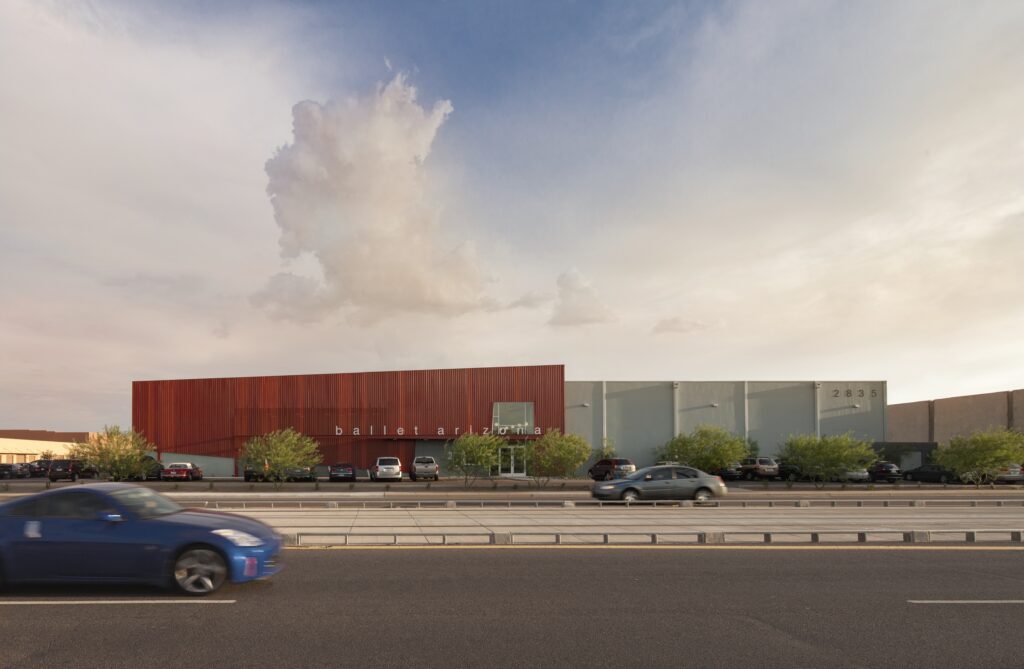
AL: Your choreographic work has received significant acclaim. Can we expect to see new works by you on the Ballet Arizona stage?
DC: Yes! In due time, I will be creating new works for the Ballet Arizona stage. But before creating any new pieces, I want to make sure I know the organization and the dancers very well, so I will be curating more than creating. In the meantime, I do plan to bring some of my former works that I believe will truly connect with the Arizona community.
AL: What inspires you most when creating a new ballet or choreographic work?
DC: When choreographing new works, I typically draw inspiration from music, cultural experiences and real-life situations. My biggest inspiration is the dancers. I love collaborating with the dancers and experimenting movement on them to see what works and what doesn’t. I truly enjoy working with dancers that are versatile and interested in contributing to the creative process. A collaborative environment is crucial for me.
AL: In addition to your own choreographic work, how do you envision Ballet Arizona’s programming evolving in the upcoming seasons?
DC: In Ballet Arizona’s upcoming seasons, my vision is to continue to honor the classical ballet tradition by performing favorite narrative ballets from the classical canon. I do also want to bring masterpieces of the 20th and 21st century which are new to Arizona audiences.
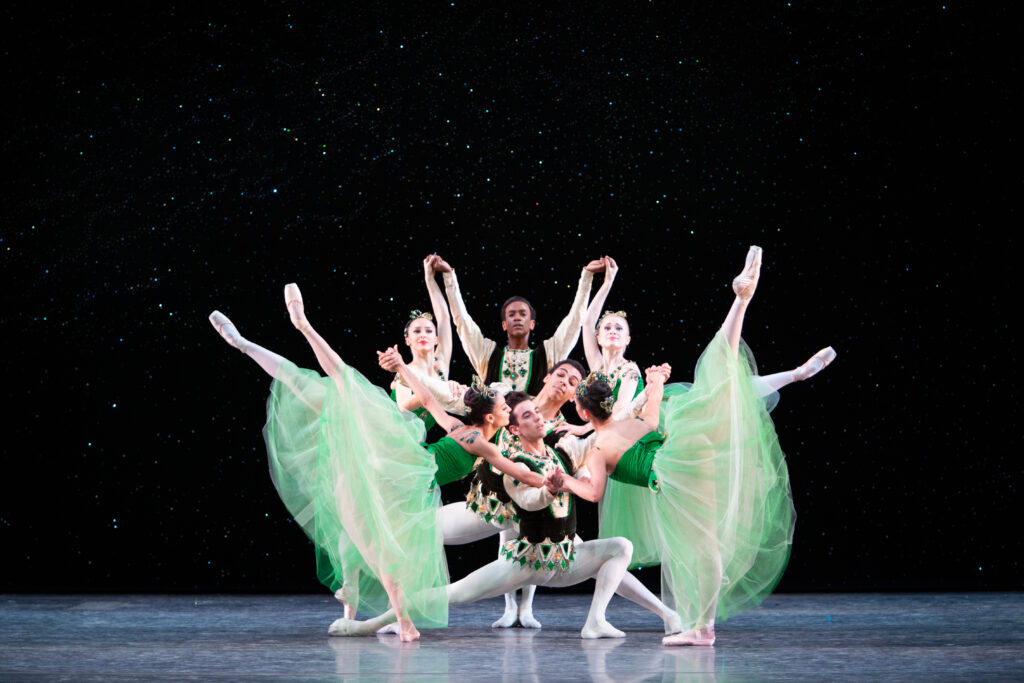
AL: Ballet Arizona has a rich history under Ib Andersen’s leadership. How do you plan to honor his legacy while also making your mark?
DC: Ib Anderson is leaving a beautiful legacy after 24 years as Artistic Director, and during his leadership, Ballet Arizona grew in size, resources, and reputation. I intend to continue developing the company and building on this work, while diversifying and expanding the repertoire. We will also endeavor that Ballet Arizona become a creative hub for new and innovative choreographers.
AL: You’ve mentored many young dancers and choreographers. What advice do you give to aspiring female artists aiming for leadership roles in the arts?
DC: In the arts, hard work, dedication, and passion truly go a long way. I don’t believe there is a formula, each person must find their own path. But I do recommend doing some kind study to build your knowledge of business and leadership. Networking and, if possible, getting to work with different companies to get different perspectives can also be very helpful.
AL: With your extensive experience in dance education, how do you plan to uplift The School of Ballet Arizona and support the next generation of dancers?
DC: I have worked with dancers of all ages throughout my career, and it is inspiring to see this next generation of dancers’ flourish. I look forward to getting to know the students at The School of Ballet Arizona and helping them grow in their dance training. I think it’s important to first learn and observe, see what works and what needs support. After that period, I think our community will see a brand-new chapter for the School and a reinvigorated life in the Valley.
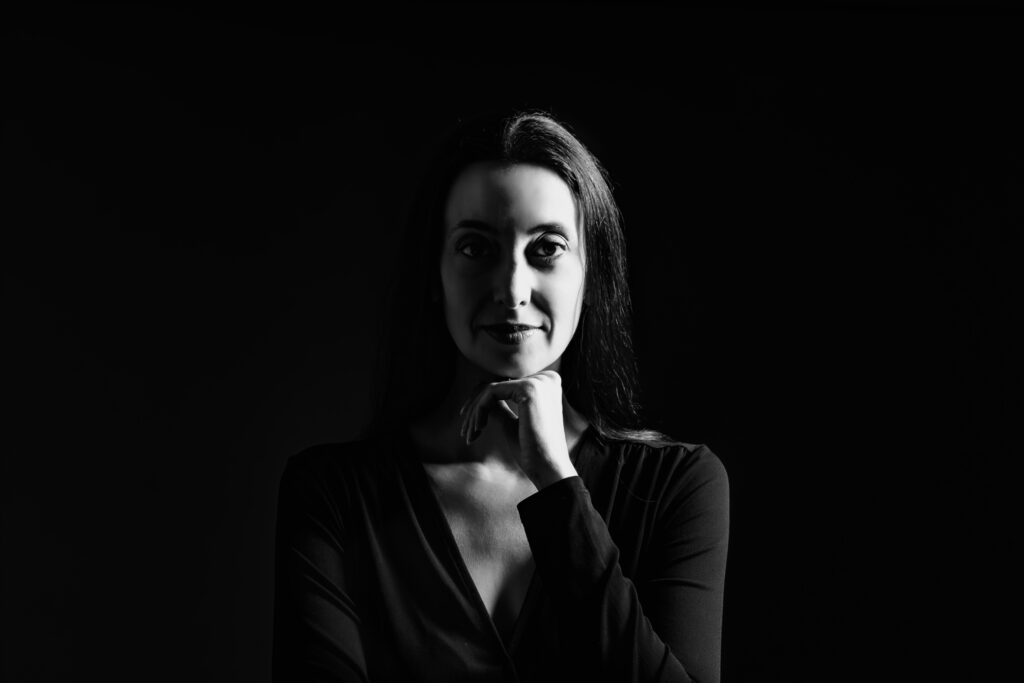
AL: Your career transitioned from dancer to choreographer to arts leader. What was the most challenging part of this journey, and what motivated you to keep progressing?
DC: I am so grateful for where ballet has taken me throughout my career. Each role has truly prepared and inspired me for the next. Transitioning from a dancer to a choreographer, and then finally to an arts leader, each comes with its own set of challenges. During my time as a dancer for the Dutch National Ballet, I participated in their yearly choreography workshop program. The first time I tried it, I really liked it and participated every year following until I left the company. People started liking my work and the next thing I knew, I was being commissioned by Ted Brandsen, the artistic director, for small projects. Brandsen was a big influence in my transition to arts leader. I was part of the Dutch National Ballet’s ‘The Works Council,’ which is a group of people that represent the dancers and the staff. As the chairwoman for that body, I started to understand how the company worked as a whole. Working directly with Brandsen through that group, I learned the importance of being a good people and business manager, in addition to artistic manager. That knowledge is so important for artistic directors and that is what inspired me to want to become an artistic director in the future.
AL: Looking ahead, what is your long-term vision for Ballet Arizona, and what legacy do you hope to leave?
DC:The company currently has a great reputation. I hope to help Ballet Arizona continue to grow into one of the top American companies. I would like to see people travel to Phoenix specifically to see Ballet Arizona perform! My main goal is for it to become a great center of creativity and excellence.
Stay tuned for the thrilling performances and innovative programming that lie ahead. For more information on upcoming events and to learn more about Daniela Cardim’s vision for Ballet Arizona at balletarizona.org. Here’s to a season filled with inspiration, innovation, and unforgettable moments on stage.

